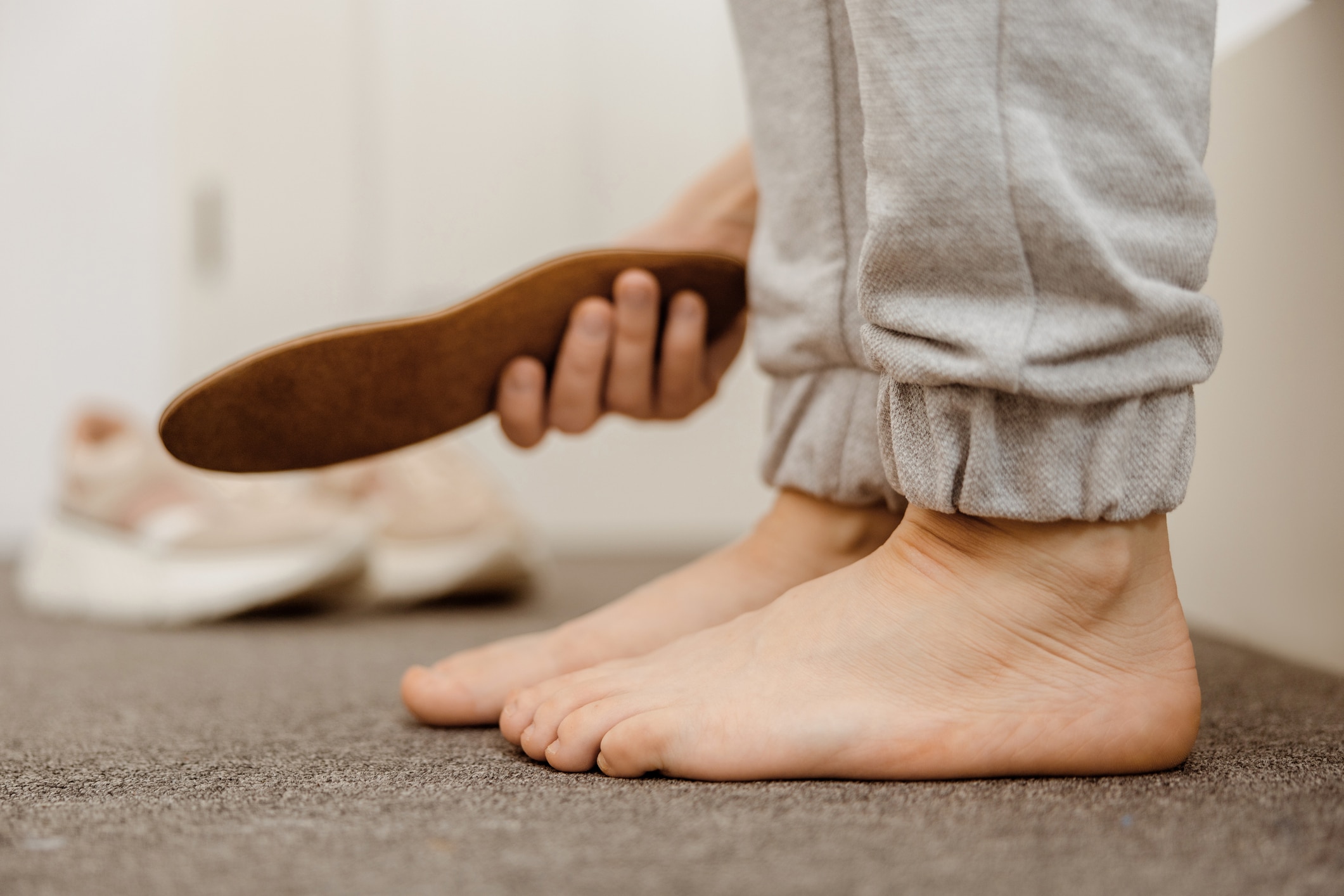We all have been waiting, and thankfully the warmer weather is finally around the corner. You might be itching to get back in the gym so that you can work on that perfect summer body, or maybe you are already showing off those abs at one of the local swimming pools.
And though these places may have plenty of “gains” and fun times to offer, we do hope that one of these offerings is not onychomycosis – also known as toenail fungus.
Toenail fungus is more common than you might think. This condition is fairly easy to catch as it is present in a variety of places – if it is warm, damp and dark, then it is a great place for fungi to thrive. Anywhere from indoor pool decks and public locker rooms to the inside of your own shoes, they are all environments in which fungi can grow.
It really doesn’t take much for a fungal infection to develop. And though it is definitely easy to catch this unsightly condition, you should keep in mind that it can take a while for a new, healthy nail to grow back even after proper treatment.
That is why it is so important that you prevent this problem from happening in the first place. And, the good news is that treating a fungal toenail is not as tough as it used to be!
So, instead of hiding your toes from the world, why don’t you do something about it?
Keep reading our blog to find out what signs/symptoms you should be on the lookout for, how you can prevent this pesky problem from developing, and what are your treatment options if toenail fungus does, in fact, happen to you.
Signs/Symptoms of Fungal Toenail
Oftentimes, people don’t even know they have contracted a fungal nail problem.
Maybe you are simply dismissing certain symptoms as normal or “not a big deal” and are waiting for the problem to clear up by itself. Or maybe you just don’t look at your feet as often as you should. Either way, being aware of your foot health is a must.
This is especially true for those of you who are living with chronic diseases that impact the immune system, like diabetes – foot checks should be part of your daily routine.
Basically, fungal toenails develop due to microscopic organisms contaminating the skin and nails and then feeding on the keratin found in the nail structure. This condition typically starts as a fairly small, white or yellowish spot underneath the tip of the nail and when left untreated, the nail can begin to show further discoloration, thickening, and start to crumble.
Some common signs/symptoms include:
- Changes in the texture and/or shape of the nail. Look for any changes in the overall shape of the nail, as well as, any crumbling and brittleness, or if the nail has become thicker.
- Changes in the color of the nail. Look for any white spots, or brown or yellow streaks.
- Look for any signs of foul odors or strange smells.
- Symptoms of pain can indicate disease.
If you have checked your toenails and found no signs of fungal infection, then that is great!
But it doesn’t mean that you should stop there – like we already have mentioned, prevention is key. So, we highly encourage you to still take precautionary steps to avoid any future problems.
Preventing Toenail Fungus
Here are some things you can do to prevent fungal nails:
- Wear sandals or shower shoes when walking in areas where people are frequently barefoot, like locker rooms and pool decks.
- Choose footwear made of breathable materials that allow air to circulate around your feet, and make sure that there is enough room in the toe box to move your toes freely.
- Wash and dry your feet thoroughly every day, taking extra care to dry between the toes – you can even use some powder.
- Keep your socks and shoes clean and dry – change your socks several times throughout the day if you have to.
- Never share socks or shoes – even with close friends and family members.
- Sanitize nail clippers, nail files, and pedicure instruments – never share them.
- Trim your nails the right way – keep them short (but not too short) and make sure to cut the nail straight across rather than in an arch.
- If you go for pedicures/manicures, visit our spa, Sole serenity Spa, where we offer THE safest and cleanest spa environment in Michigan.
Now, we understand that even when we take all the preventative measures available, toenail fungus can still happen. We suggest not wasting your money and time with over-the-counter treatments and medications as these very rarely solve the problem. DO NOT go to “Dr. Google” for home remedies as these rarely work as well. The smart thing to do is to come visit us at our Commerce Township office.
We Can Help You Today!
When you come visit us at our office, we will perform a thorough evaluation of your feet and nails in order to assess the severity of the condition and determine what is the best treatment option for your specific case.
At Lakes Foot & Ankle Associates, we have developed a comprehensive fungal nail management program that is methodical and directed at achieving excellent results as quickly as possible.
We have found that laser therapy combined with topical medication we provide at the office (Tolcylen) is the most effective, safest, and convenient way to eradicate this condition – it is also FDA-approved. Laser therapy works by targeting and destroying the fungus with heat while leaving those healthy parts of your nail and skin intact. Not to mention that a session only takes about 30 minutes, it is completely painless, and you can resume your regular activities immediately after. During this treatment your physician will also perform aggressive debridement of the affected nails. Not having the nails properly debrided by a professional like Dr. Shanahan or Dr. Petronella is one of the main reasons patients fail at treating this tenacious infection on their own.
Rarely we may prescribe oral medication or, if the condition is severe enough, we may recommend permanently removing affected toenail(s).
Contact Us
The bottom line is that in the midst of summer excitement, fungal toenail is very much a reality. Though there are definitely ways for you to steer clear from this condition if you proactively take steps to prevent it from happening in the first place.
But if you end up developing a fungal nail despite all your attempts to steer clear from this unsightly problem, then let us help you!
To schedule an appointment at our Lakes Foot and Ankle Associates office, call (248) 360-3888 or simply fill out our handy request form online.
| Monday | 8:30am – 5:30pm |
| Tuesday | 7:45am – 5:00pm |
| Wednesday | 8:30am – 4:30pm |
| Thursday | 8:00am – 6:00pm |
| Friday | 9:30am – 1:30pm |
| Saturday | Occasional |
| Sunday | – Closed – |



